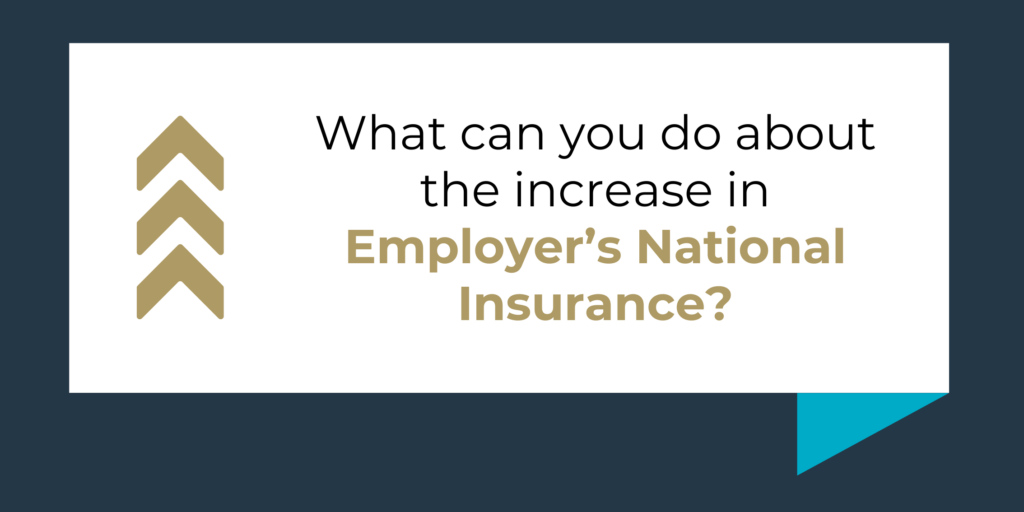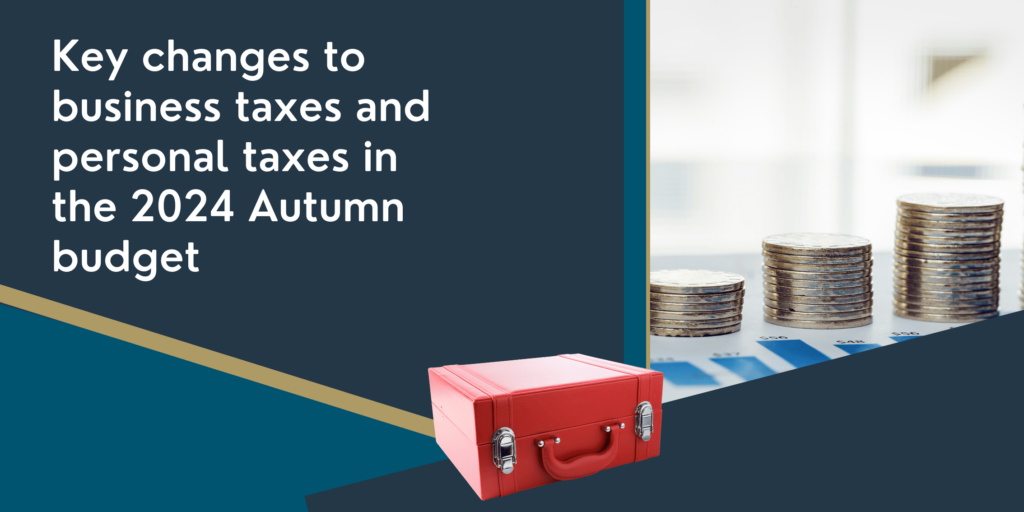Changes to dividend taxation – one week to go!
From 6th April 2016, the taxation of dividends is changing, with many individuals set to pay more tax on their dividend income in 2016/17.
Currently dividends are received net of a 10% tax credit, meaning a dividend payment of £900 is grossed up to £1,000 on personal tax returns, with a non-repayable dividend tax credit of £100. Dividend payments falling within an individual’s basic rate tax band result in no personal tax liabilities, while higher rate dividends are taxed at 25% of the net dividend payment received, and additional rate dividends are subject to tax at 30.6%.
Under the current regime, many director/shareholders incur no personal tax liabilities, drawing a minimal salary from their limited company to make use of their annual personal allowance, with dividend income topping them up to just below the higher rate tax band.
From 6th April 2016, the dividend tax credit will be replaced by a dividend allowance, in the form of a new 0% tax rate on the first £5,000 of dividend income per year. Thereafter, basic rate dividends will be taxed at 7.5%, higher rate dividends at 32.5% and additional rate dividends at 38.1%, resulting in increased tax liabilities for individuals with significant dividend income.
With the loss of the dividend tax credit in 2016/17, and the ‘grossing-up’ effect of the 10%, individuals will be able to draw more from their limited companies before hitting the higher rate tax band, but they will need to set aside an element of their dividend payments to cover the personal tax liabilities that will be payable under self-assessment.
As 5th April is fast approaching, it would be beneficial to review your income for the current tax year, to assess whether there is scope to make any further basic rate dividend payments, provided the company has sufficient reserves to do so. A basic rate dividend payment prior to 5th April could save 7.5% income tax, compared with a similar payment on or after 6th April 2016.
Similarly, higher rate taxpayers wanting to make a further dividend payment from their company should weigh up a personal tax liability of 25% on 31st January 2017, compared with a tax liability of 32.5% on 31st January 2018, when deciding whether to make a payment before or after 5th April this year.
Higher rate taxpayers with less than £5,000 of dividend income per year will benefit from a reduction in their personal tax liabilities from 2016/17 onwards, with some no longer being required to complete an annual tax return.
If you would like further information and advice on how the dividend changes will affect your personal tax position, please contact your local Perrys branch.
Article by Donna McCreadie







